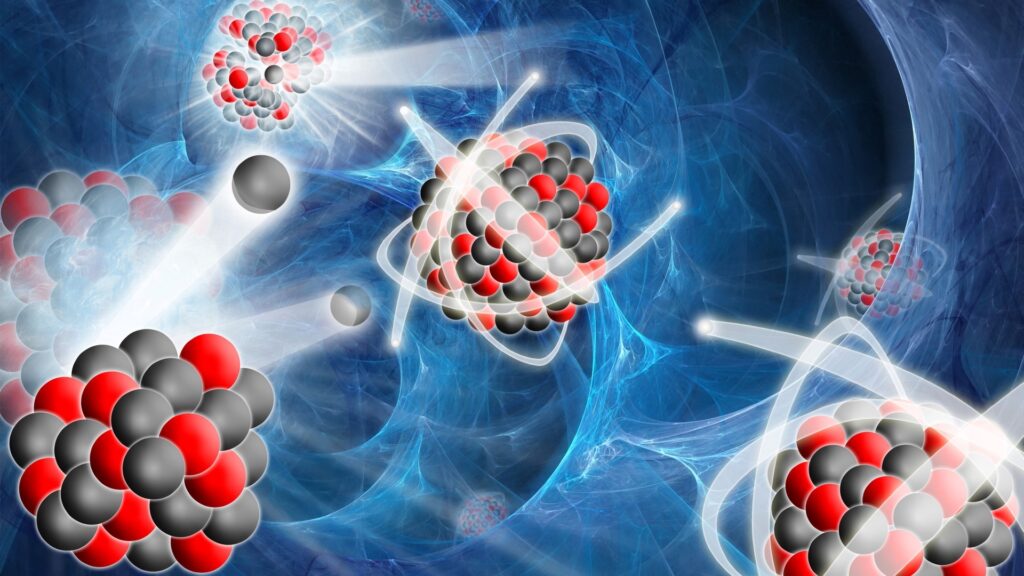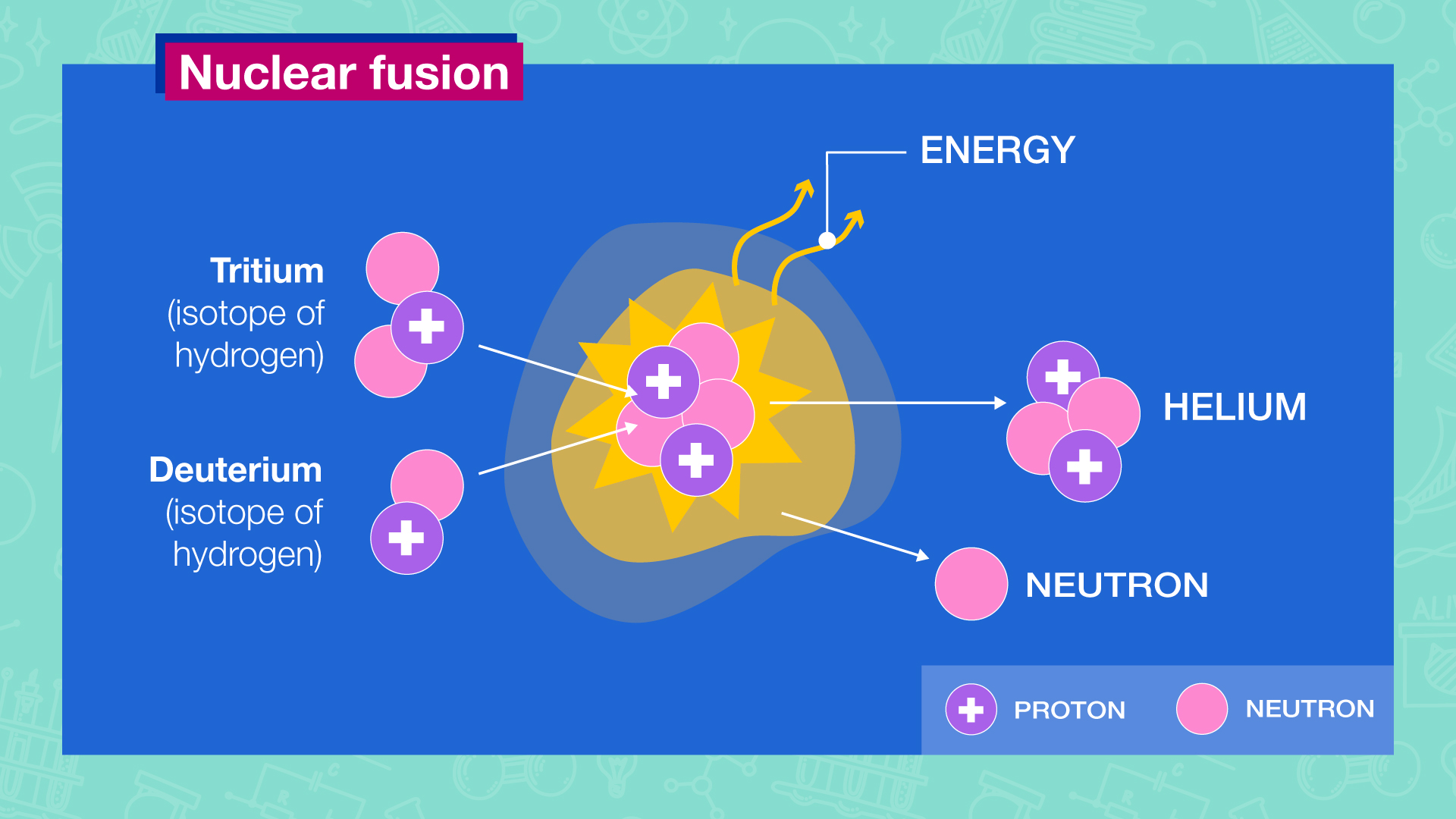A laboratory attains repeated ignition for the first instance utilizing laser beams, diamond, and gold

In a groundbreaking development, scientists have achieved repeated nuclear fusion ignition, marking a significant stride towards realizing abundant, clean energy on a large scale.
The team at the Lawrence Livermore National Laboratory (LLNL) in the United States accomplished fusion ignition in December, achieving a net energy gain from a fusion reaction for the first time in history. This historic achievement has been successfully replicated three more times by LLNL scientists.
The breakthrough involved utilizing the National Ignition Facility (NIF), where 192 laser beams were directed at a frozen pellet of isotopes encased in a diamond capsule suspended within a gold cylinder. The resulting reaction mimicked natural processes akin to those occurring in the Sun, leading to a remarkable 89% increase in energy. While the current output is equivalent to boiling a kettle, the potential for scaling up this proof-of-concept suggests a promising “new era” for energy, as highlighted by the scientific journal Nature.
In a historic achievement, nuclear fusion has entered a ‘new era’ with a major breakthrough that holds the promise of near-limitless clean energy. This breakthrough, considered a significant milestone, has the potential to revolutionize the energy landscape and pave the way for a sustainable future.
The breakthrough was realized by a team of scientists at the Lawrence Livermore National Laboratory (LLNL) in the United States. Their groundbreaking accomplishment involves the repeated ignition of nuclear fusion, a process that mimics the natural reactions occurring within the Sun.
Richard Town, the physicist heading LLNL’s inertial-confinement fusion science program, expressed satisfaction, stating, “I’m feeling pretty good. I think we should all be proud of the achievement.
- Nuclear fusion took center stage at the United Nations Climate Change Conference (COP28) in recent weeks, where participating governments collectively committed to accelerating efforts in advancing this technology.
- Addressing the summit in Dubai, US Climate Envoy John Kerry acknowledged the proximity to realizing a fusion-powered future. Simultaneously, he underscored the existence of substantial scientific and engineering challenges.
- Kerry emphasized the need for careful consideration and well-crafted policies to successfully navigate this transformative energy landscape.
- Notably, countries such as China, Japan, Russia, and the European Union are making substantial investments exceeding $6 billion in nuclear fusion research, as reported by the Fusion Industry Association.
- One of the corporations venturing into this technology is the U.S. technology behemoth Microsoft, which disclosed the world’s inaugural purchase agreement earlier this year.
Using the National Ignition Facility (NIF), the team directed 192 laser beams at a frozen pellet of isotopes contained within a diamond capsule suspended in a gold cylinder. This intricate process resulted in a fusion reaction, demonstrating a net energy gain for the first time in history. What was initially achieved last December has now been successfully replicated three additional times, showcasing the repeatability of this groundbreaking feat.
The LLNL scientists achieved an 89% increase in energy during the reaction, albeit currently sufficient only to boil a kettle. However, this proof-of-concept holds immense potential for scalability, presenting a pathway to a ‘new era’ of energy production, as indicated by the scientific journal Nature.
The implications of this achievement extend beyond the scientific community, with experts highlighting the transformative possibilities for the global energy landscape. While the current energy output may seem modest, the successful repetition of the process opens the door to refining and scaling up the technology for practical energy applications.
As nuclear fusion enters this ‘new era,’ the potential for near-limitless clean energy opens up exciting possibilities for a sustainable and greener future. The journey from scientific breakthrough to practical implementation is underway, and the world eagerly awaits the transformative impact of this pioneering achievement in the realm of energy production.
